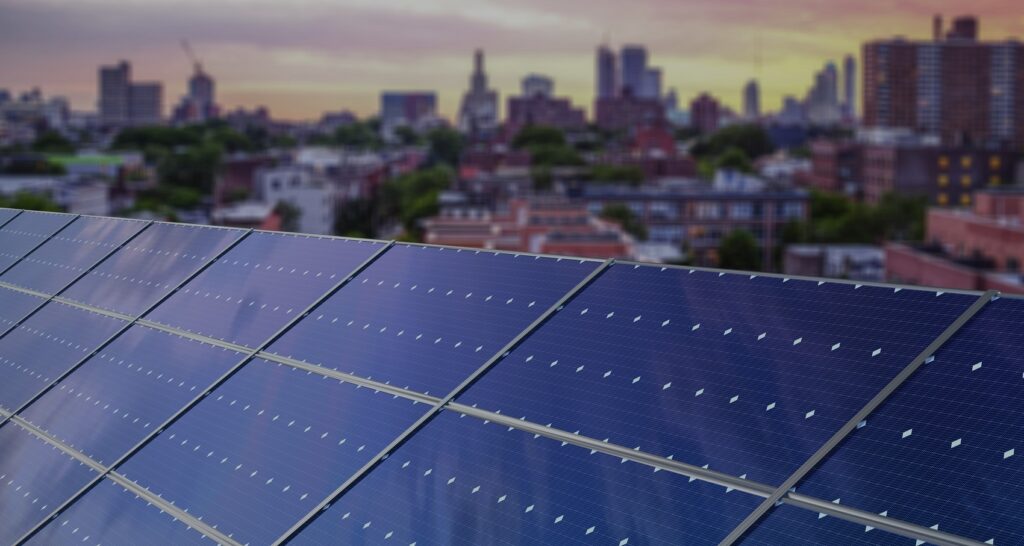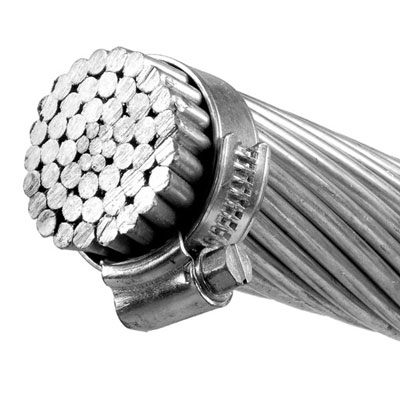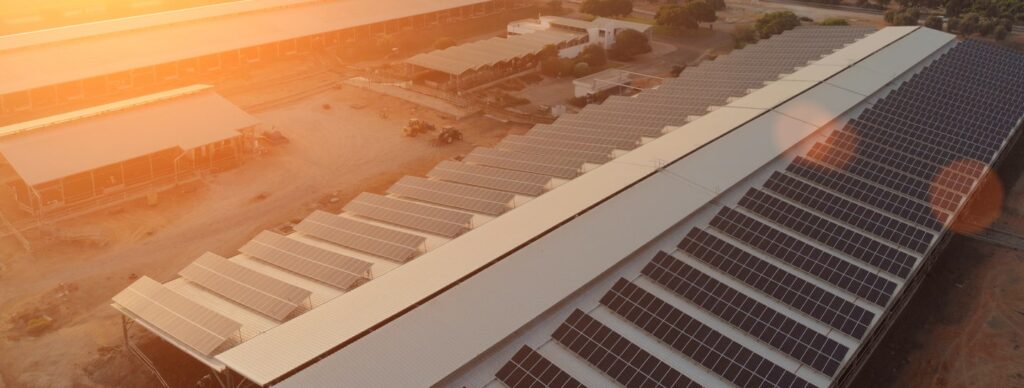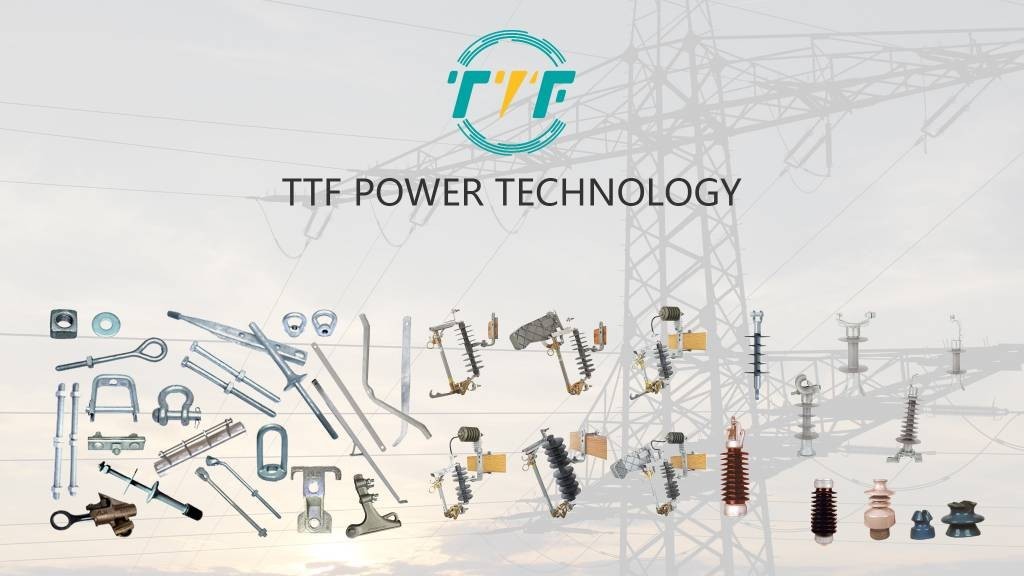
Renewable energy sources supply power to the South American national grid, decreasing dependence on fossil fuels and lowering greenhouse gas emissions. Distributed energy generation (DEG) provides localized, decentralized options to address the increasing energy needs in South America. Distributed energy generation decreases transmission losses and improves energy security. DEG refers to decentralized energy generation systems on a small scale, including rooftop solar panels, wind turbines, biomass generators, and micro-hydro plants. The systems function autonomously or alongside the primary grid. For example, Chile’s Atacama Desert has the highest solar radiation, positioning it as a perfect site for DEG. A microgrid project combining solar and diesel energy in the Toconce village exemplifies DEG, supplying power to residences and enterprises. ACSR cables ease the expansion of distributed energy production.
Distributed energy generation systems, such as rooftop solar or small wind turbines, connect to the local distribution grid. The distribution grids depend on power lines supported by towers that use ACSR cables for stability. ACSR cables are designed for efficient and reliable power transmission over long distances. They are essential for connecting distributed generation sources, such as rooftop solar panels, to the main grid. ACSR cables ease the integration of power generated from distributed sources to the grid. The cables also enable the modernization of grid infrastructure. They contribute to the growth and development of distributed energy generation in South America. This is by ensuring the efficient and reliable transmission of electricity.
Functions of ACSR cables in distributed energy generation in South America
ACSR cables play a crucial role in distributed energy generation systems with the use of renewable energy sources. The cables combine the strength, conductivity, and cost-effectiveness. ACSR cables help connect solar farms to the national grid, which enables clean energy distribution. Microgrid systems in the Andes use ACSR cables to connect small-scale hydropower to local communities. The following are the functions of ACSR cables in distributed energy generation in South America.

- Efficient power transmission—ACSR cables help send electricity over long distances without losses. This makes them ideal for connecting distributed energy generation sites in remote areas to the main grid.
- Durability in diverse environments—the cables are durable and resistant to environmental factors like corrosion.
- Scalability in microgrid systems—ACSR cables aid in connecting microgrid systems. This is because of their cost-effectiveness and adaptability to varying load requirements.
- Renewable integration—distributed generation needs reliable infrastructure to feed power into the grid. The cables ensure stability and reliability in mixed renewable and traditional energy systems.
Applications of ACSR cables in distributed energy generation
ACSR cables are crucial to the development and operation of distributed energy generation systems. The following are the uses of ACSR cables in distributed energy generation.

- Connecting renewable energy plants to grids—ACSR cables send power from renewable energy to national grids.
- Grid expansion and modernization—the cables support the expansion of national grids to incorporate DEGs. The cables allow grids to handle the variable loads from DEG systems.
- Supporting decentralized energy storage systems—the cables connect energy storage systems to renewable generation sites. They also ease the integration of battery systems with distributed generation to balance supply and demand.
- Industrial and commercial distributed systems—ACSR cables send energy from mining sites in Peru, Chile, and Bolivia to nearby grids.
Effects of decentralized energy production in South America’s energy industry.
Distributed energy production is a technology reshaping South America’s energy industry. This offers economic, social, and environmental advantages but also introduces new challenges. At TTf Power, we are a one-stop-shop for utility pole hardware fittings, transmission line accessories and power line construction equipment. We provide our customers with the most extensive range of products in the industry, excellent value and knowledgeable service. Products include construction and switching products, tools, insulators, arresters, pole line hardware, and cable accessories. Below are the effects of distributed energy generation in South America.

- Economic effects – DEG lessens the need for extensive transmission networks to cut energy wastage. They also result in job creation, promote energy independence, enhance energy security, and strengthen local economies.
- Social effects – DEG delivers dependable electricity to rural and off-grid areas, enhancing quality of life. Solar microgrids in Colombia have changed the lives of indigenous Wayuu communities.
- Environmental eeffects—the systems lower carbon emissions by substituting fossil fuels with renewable energy options. They also cut land disturbance while safeguarding natural landscapes.
- Technological impacts – DEG brings innovation in renewable energy technologies, battery storage, and grid management. For instance, Uruguay is piloting blockchain-based energy trading systems for DEG projects.
- Policy and regulatory impacts – South American governments are adopting more decentralized and renewable-friendly energy policies. DEGs have opened opportunities for private investments and public-private partnerships in the energy sector.
